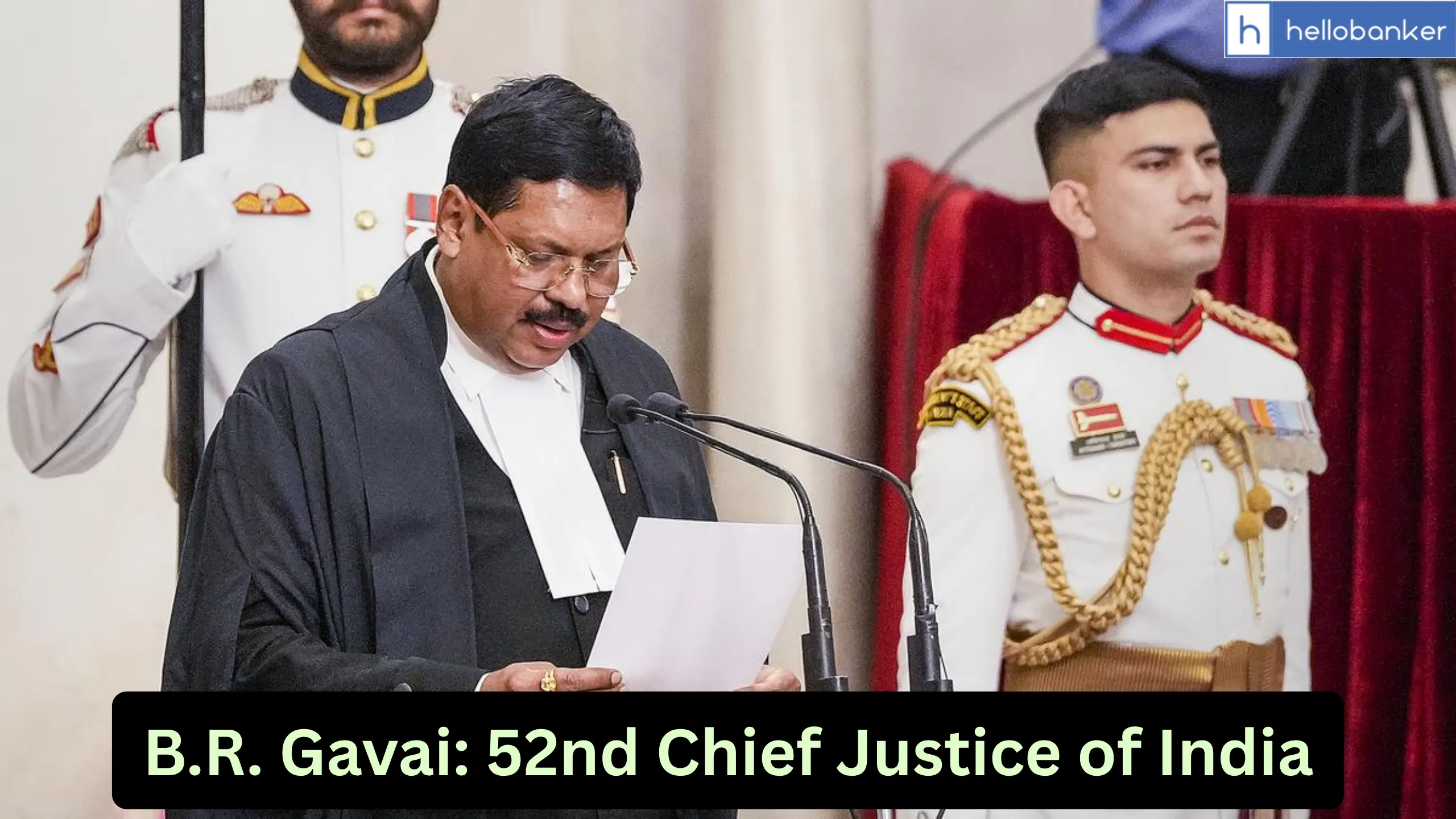Justice Bhushan Ramkrishna Gavai became the 52nd Chief Justice of India (CJI) on 14 May 2025. A respected jurist, he has served as a judge of the Bombay High Court and is currently the Chancellor of Maharashtra National Law University, Nagpur. As CJI, he also holds the position of ex officio Patron-in-Chief of the National Legal Services Authority (NALSA), an organization that works to provide free legal aid and ensure access to justice for all.
Personal Life and Background
Justice Gavai was born on 24 November 1960 in Amravati, Maharashtra to R.S. Gavai and Kamala Gavai. His father, R.S. Gavai, was a well-known political leader who led the Republican Party of India (Gavai faction). He also served as a Member of Parliament (MP) and Governor of several Indian states.
Justice Gavai’s family has been strongly influenced by the ideas of Dr. B. R. Ambedkar, the architect of the Indian Constitution. They follow Buddhism, a faith that Dr. Ambedkar himself embraced. Justice Gavai’s brother, Rajendra Gavai, is also active in politics.
Early Legal Career
Justice Gavai joined the legal profession on 16 March 1985. In the early years of his career, he worked under Raja S. Bhonsale, a former Advocate General and High Court Judge.
From 1987 to 1990, he practised independently at the Bombay High Court and then moved to the Nagpur Bench of the Bombay High Court, where he focused mainly on constitutional law and administrative law.
He served as the standing counsel for:
- Nagpur Municipal Corporation
- Amravati Municipal Corporation
- Amravati University
He also represented various autonomous organizations and public bodies, such as SICOM, DCVL, and many municipal councils across the Vidarbha region of Maharashtra.
Government Roles and Judicial Appointments
Justice Gavai was appointed:
- Assistant Government Pleader and Additional Public Prosecutor at the Nagpur Bench of the Bombay High Court from August 1992 to July 1993.
- Later, he became the Government Pleader and Public Prosecutor on 17 January 2000.
On 14 November 2003, he was elevated as an Additional Judge of the Bombay High Court.
Historic Role in the Judiciary
Justice Gavai holds a historic position in Indian judicial history. He is:
- The first Chief Justice of India from the Buddhist community.
- Only the second person from the Scheduled Castes (Dalit community) to become the Chief Justice of India, after Justice K. G. Balakrishnan.
As of January 2025, the Supreme Court of India had three sitting judges from the Scheduled Castes:
- Justice B. R. Gavai
- Justice C. T. Ravikumar (now retired)
- Justice Prasanna B. Varale
This was the highest representation of SC judges in the Supreme Court’s history.
Additionally, it was also the first time the Court had two Buddhist judges (Justice Gavai and Justice Varale) serving together, marking a significant step for diversity and representation in the Indian judiciary.
Justice Gavai’s journey reflects decades of dedicated service, legal excellence, and a historic rise through the ranks, making his appointment as Chief Justice of India both symbolic and inspirational for many across the country.
